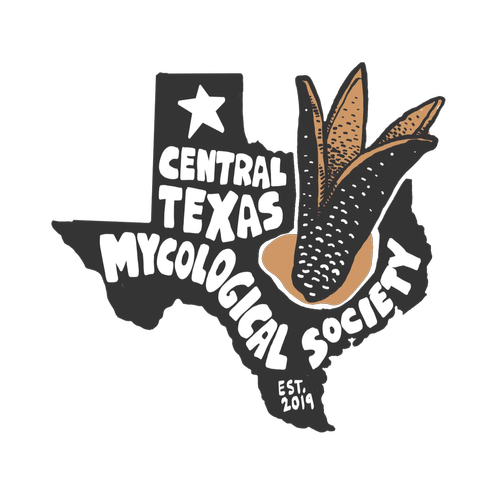Endophyte? I think it might...be
When it comes to fungi, there seems to be nothing left untouched by it, and that's no complaint. Fungi are responsible for decomposition, contribute to soil remediation, can be made into bricks to build homes with, made into coffee substitutes, and so on and so on. You'd think there would be some limited capacity for them to be so integrated and so fascinating.
That is, until the world of endophytes, microbes that live in plants, came along. That’s when everything about fungi got a whole lot more complicated and fascinating. Every plant has a fungal association; some of these fungi can harm the plant, which can lead to the production of secondary metabolites that give way to medicinal properties. Others boost a plants vitality in a number of ways, including increasing drought-resistance. Fungal endophytes are a wonderfully complex frontier of microbiology that has been turning a lot of heads and flipping what we thought we knew about plants upside down.
Let's look at capsaicin, the spicy chemical irritant you feel when eating a jalepeño or chili pepper. This chemical is produced within the fruit as a secondary metabolite, which is a chemical self-defense mechanism. Researchers have recently discovered that a fungal endophyte associated with pepper plants also creates capsaicin and now believe the reason why peppers taste spicy is because of this fungal relationship.
There are plenty of other examples of this too! When researching endophytic fungus and medicinal plants, there are numerous examples of host plants and their fungal counterparts creating the same chemical constituent. Is this a coevolutionary trait of fungal endophytes and their hosts or is it a sharing of genetic material between plant and fungi? I don't know the answer but whatever is happening, I'm sure glad fungi have something to do with it.
Natalie DURAN
Natalie Duran is Dia Luna Arts, a multi-craft, one woman-owned, and nature-inspired business. Natural colors, sacred geometry, and herbal healing properties are a common place in Natalie Duran's art. She wildcrafts nature's gifts and turn them into her own creative design as a way of perpetuating love back to the world. 90% of the herbs used are straight from Natalie's garden, the other 10% is either ethically wildcrafted or locally sourced from Austin. From loose herbal incense to hand collected butterfly wings turned to jewelry, she strives to share her passion of sustainability and love for nature through art. See her art at https://www.etsy.com/shop/DiaLunaArts

